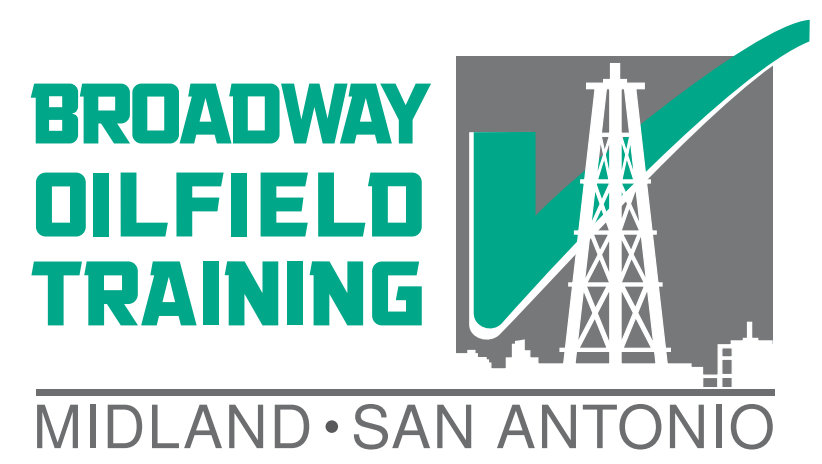HOW DOES HYDROGEN SULFIDE AFFECT ROD LIFT?
Rod lift wells are designed to produce three basic fluids: oil, water, and gas.
FLUID EFFECTS
Oil is the most favorable of the three fluids for rod lift to produce. Aside from oil being the primary income stream for most of these wells, it also creates fewer problems for the rod lift systems. Waxy crudes can deposit a paraffin wax which will stick the pump. Occasionally, a crude oil may otherwise have a high Total Acid Number (TAN) and therefore become corrosive to the rods and tubing. In general, however, produced oil benefits the rod lift system by lubricating the rods and tubing.
Some oil reservoirs contain interstitial hydrogen sulfide upon discovery. Oil reservoirs that do not initially contain the toxic gas may also create it after the introduction of bacteria during injection operations. As a reservoir fluid, sour oils can also carry a large amount of hydrogen sulfide.
Water production is unavoidable in nearly all oilfields. The water has a high density making the use of artificial lift more important. Produced water also tends to be scaling or corrosive and does not lubricate the rods like produced oil does. Produced water may also contain hydrogen sulfide and other corrosive chemicals.
Natural gas is ideally produced up the casing annulus in an oil well. When gas is run through a rod pump it can lock the pump, although small amounts of gas can and will flow through the pump. Natural gas can also carry hydrogen sulfide whether it is flowing up the annulus or up the tubing.
CORROSION
Hydrogen sulfide is one of many chemicals that is known to be corrosive to oilfield tubular goods. H2S itself forms a weak acid. The sulfur in the H2S has a strong affinity for the iron in carbon steel. When there is a significant quantity of H2S being produced, pitting and corrosion can become a problem for the rods and tubing as well as the stuffing box.
HYDROGEN EMBRITTLEMENT
While the sulfur in H2S works to pull iron out of the steel matrix the hydrogen causes problems because it wants to work itself into that matrix. This results in brittle steel through the process of hydrogen embrittlement. For our rods to function properly they must be able to bend to get around curves and dog legs as well as sometimes bowing in compression. Hydrogen embrittlement can cause both of these situations to fail. Rods that have become brittle will part either when bending around a curve or when placed in compression.
Recommended Training: San Antonio H2S Training, San Antonio H2S Gas Monitor
Notice: Article is provided as is and for informational use only. Eagle Ford Training San Antonio, its owners, instructors, and affiliates hereto referred as the company shall have no liability for and you shall defend, indemnify and hold harmless from and against any claim loss demand, liability, obligation, and expense based upon any injury or damage, spill or pollution, product liability, or any other loss that may occur. The liability for the use of information is solely yours notwithstanding any act of error or omission by the company.
